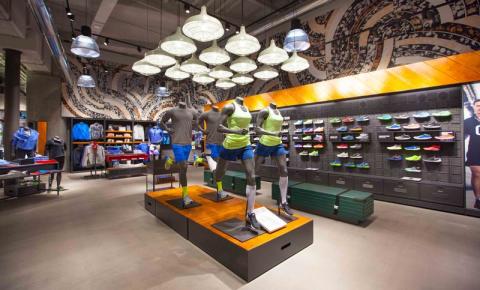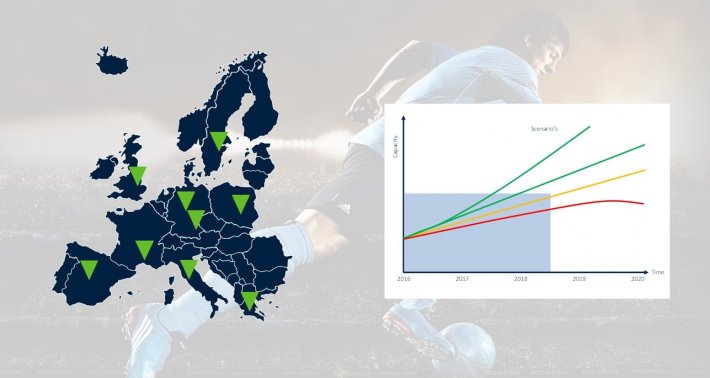
Stock control, flexible warehouse capacity, network locations, make or buy, mechanization, legacy, etc. These are the questions that we are working on, since many years. But did nothing change in the world? For sure, the business context changed dramatically, just like the technical opportunities! I want to share my recent experience, this is part 2.
Footprint optimization
You will recognize these questions: what are the delivery requirements for my customer, both speediness and location? And what capacity do I need in the coming years? And where do I need this capacity? Tough questions because you will only know for sure that all volume predictions are unreliable, assortments most often grow and service propositions develop fast. But regardless of your concerns, your customer demands you to make it happen. You have to make tough decisions in order to support sales growth and customer satisfaction.
Innovative software provides you the opportunity to strengthen your decisions. Modelling your business enables you to assess the impact of all kind of scenarios. Even more, by assessing your business every quarter you are able to decide fast, fact based and validated.

Case International retailer - Long term S&OP
An international omnichannel retailer faced severe capacity issues. The commercial department aggressively grew sales: more assortment, more channels and more service options. And with success, the business grew double digit. The supply chain department had to make sure the warehouse capacities and capabilities were aligned with volume growth.
Districon build a business simulation tool in AIMMS. All locations, productivities, rates, capacities, order flows and profiles, etc were put into this model. Then we developed and simulated, together with this retailer, different scenarios and sanity checks. Examples are basket size development, volume scenarios, return changes, key city policies, greenfield and brownfield scenarios, etc.
Advantages:
- Fast development: the model is built in 4 months
- Relatively low development costs: a small team build this model iterative.
- Scenarios can be reviewed on the spot as many as you can believe make sense
Learnings en challenges:
- The biggest challenge is to define the right scenarios together
- And, you have to choose which business rules are hard coded in the software and which rules are parameterized.
Conclusion:
By running this model in a frequent way this retailer has strengthened its decision making. It leads to more flexibility, lower costs and better anticipation on future development.
Interested? Get in contact with Victor Ponsioen
